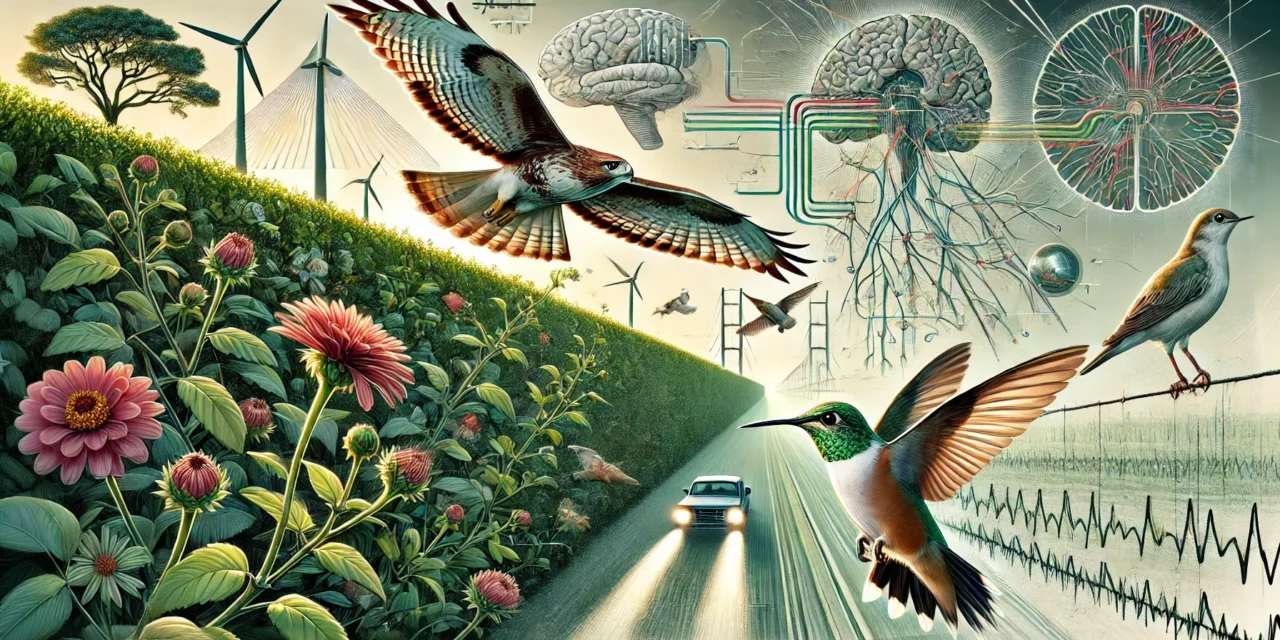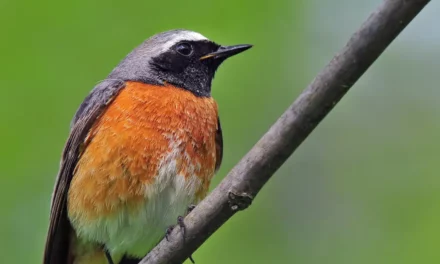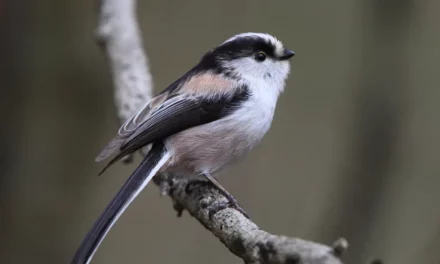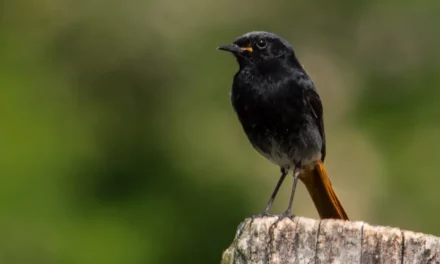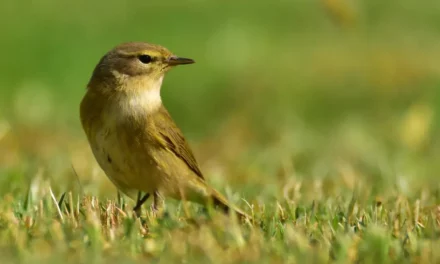Birds have fascinating mechanisms to avoid collisions while flying. From the use of their vision to managing their environment, these adaptations allow them to skillfully navigate even at high speeds. Discover how these amazing creatures manage to dodge obstacles and what we can learn to reduce the risk of collisions caused by human-made structures.
In this article
How do birds avoid collisions?
Birds are true aerial acrobats. Imagine a hawk speeding through a hedge or a hummingbird darting from flower to flower with incredible agility. How do they avoid collisions with other birds or obstacles in their environment at these dizzying speeds?
The secret of insects: motion speed
Insects like bees use the motion of images across their retinas (called motion speed) to gather information about their movement relative to their surroundings. By observing how fast objects seem to pass by, bees can adjust their flight to avoid obstacles and maintain a steady course.
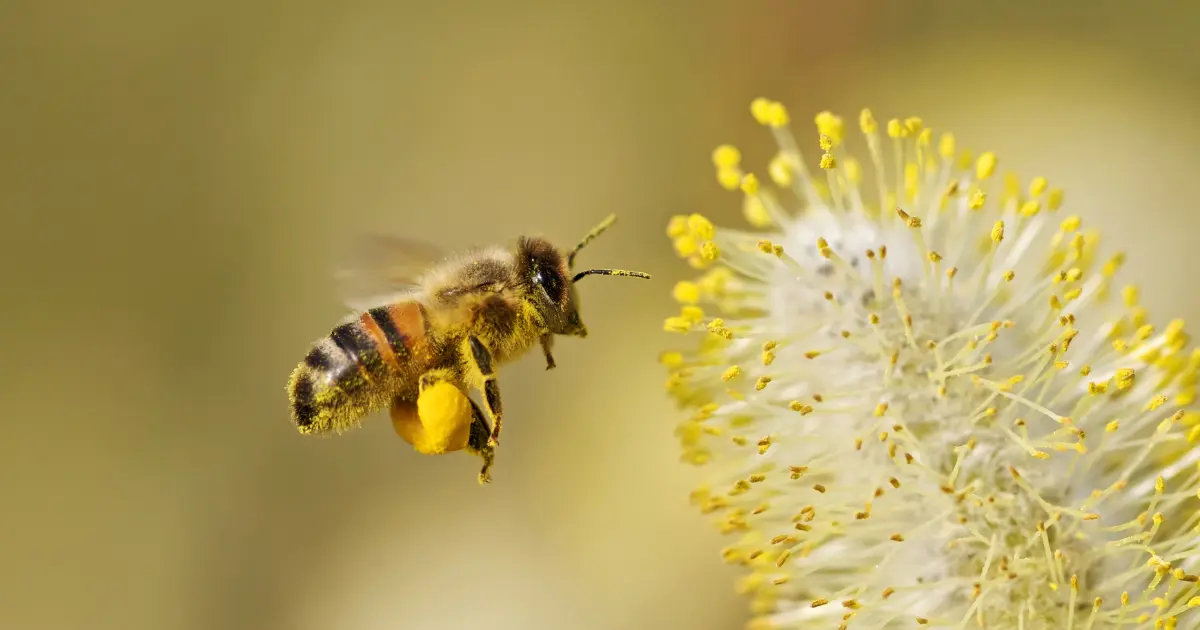
This technique is similar to how we assess our speed in a car. A sign you see in the distance seems to zoom by quickly if you turn your head to read it. By observing these changes in apparent speed, bees, and by extension other flying animals, can avoid collisions by adjusting their flight behavior.
Birds and vertical motion management
Research conducted by Roslyn Dakin and her team on Anna's hummingbirds has shown that, unlike insects, birds do not rely solely on lateral motion speed. In their experiments, hummingbirds were able to fly in a straight line even when vertical bar patterns were asymmetrically projected on the walls of a tube. This suggests that these birds pay more attention to the vertical changes of objects as they approach them.
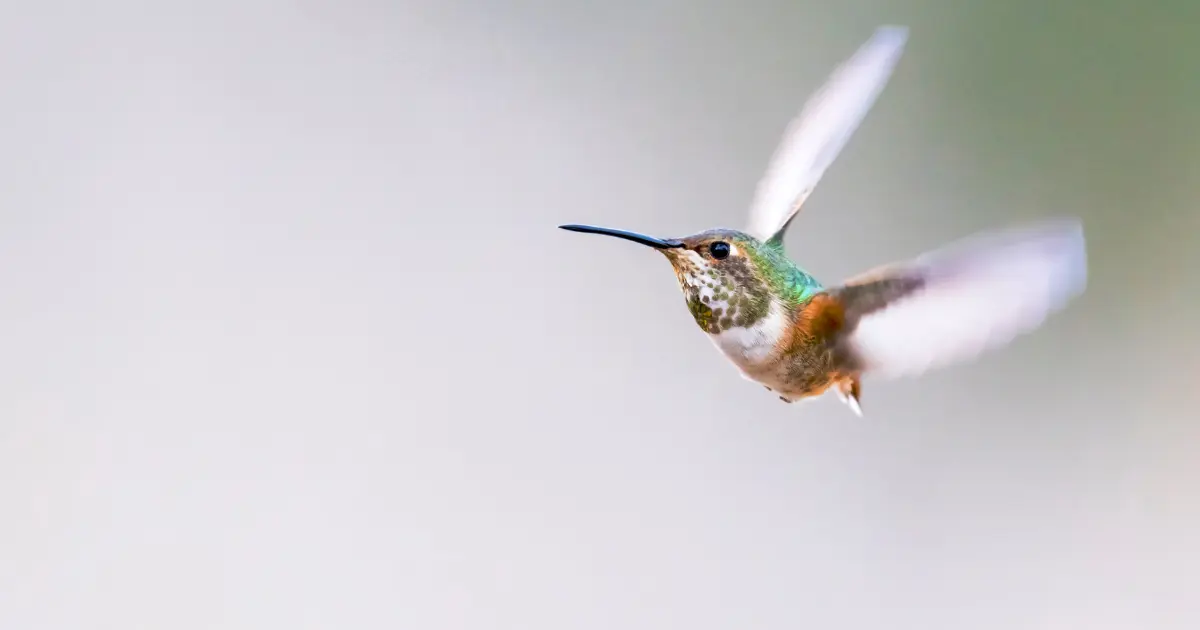
In other words, birds use the apparent size change of objects in front of them to judge their speed and distance. Imagine running towards two identical horizontal beams, one closer than the other. The closer one would appear to grow faster in your field of vision, allowing you to adjust your speed to avoid a collision.
Specialized neural pathways of birds
In pigeons, the neurons that process the apparent expansion of objects have been identified in the nucleus rotundus, a region of the thalamus involved in complex visual processing. The tectofugal pathway, one of the three main pathways of the avian visual system, plays a crucial role in brightness perception, color recognition, pattern recognition, and both simple and complex motion discrimination.
Furthermore, the accessory optic system (AOS), which includes the lentiform nucleus of the mesencephalon (LM) and the nucleus of the basal optic tract (nBOR), is crucial for processing optic flow information generated by self-motion. These pathways are essential for birds to react quickly and effectively to their dynamic environment.
When collisions happen
Despite these impressive adaptations, collisions do occur. Each year, millions of birds die after colliding with artificial structures such as buildings, power lines, and wind turbines. Why do these birds not see these obstacles that seem so obvious to us?
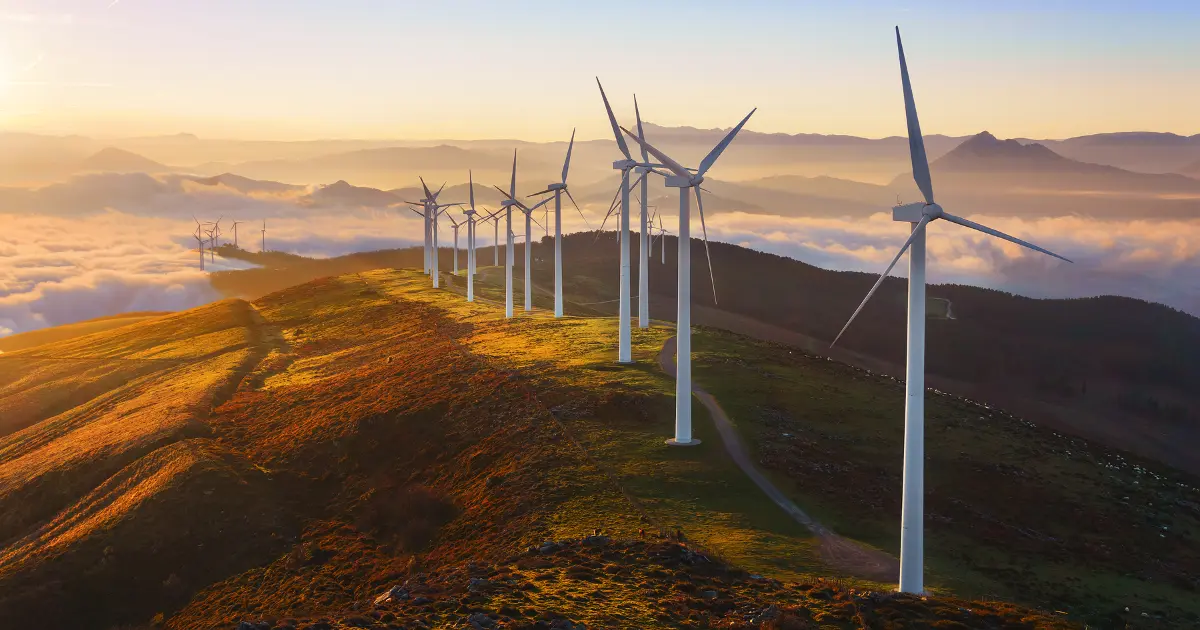
One possible explanation, as proposed by Graham Martin in his book Sensory Ecology of Birds, is that some birds, like Griffon vultures, spend a lot of time looking down in search of food, which reduces their ability to detect obstacles above. Additionally, they often fly beyond their perceptual capacities, meaning they cannot process all the visual information at high speeds, making some collisions inevitable.
Strategies for collision mitigation
What can we do to minimize the risk of collisions? Collision mitigation can include strategies such as strategically placing wind turbines and power lines in areas less frequented by birds. Adding visual markers like flags or discs on the lines can also reduce incidents, although this is not always effective.
For wind farms, it might be beneficial to locate them away from migration corridors or breeding colonies. Additionally, limiting the operation of turbines to periods when collisions are less likely could help reduce risks. Although these solutions are not perfect, they represent important steps towards protecting birds from the dangers of human structures.
Ultimately, by better understanding how birds perceive their environment and adapting our structures accordingly, we can hope to significantly reduce the number of collisions and contribute to the conservation of these fascinating creatures.
-
